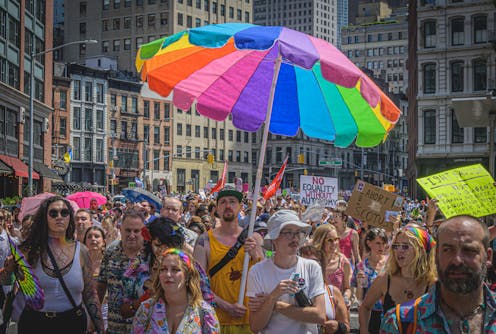

Authors: Andrew Ryan Flores, Visiting Scholar at the Williams Institute and Assistant Professor of Government, American University
Read more


